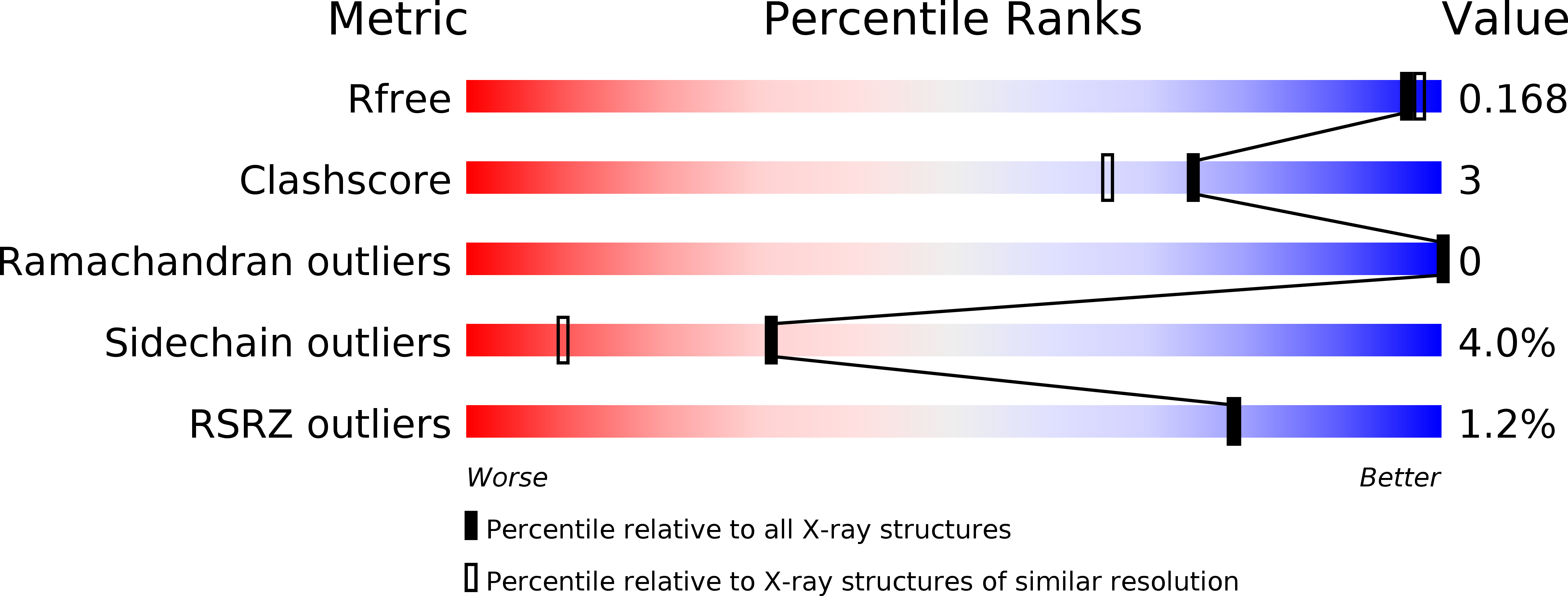
Deposition Date
2006-06-27
Release Date
2006-07-04
Last Version Date
2024-11-06
Method Details:
Experimental Method:
Resolution:
1.60 Å
R-Value Free:
0.16
R-Value Work:
0.14
R-Value Observed:
0.14
Space Group:
P 65


